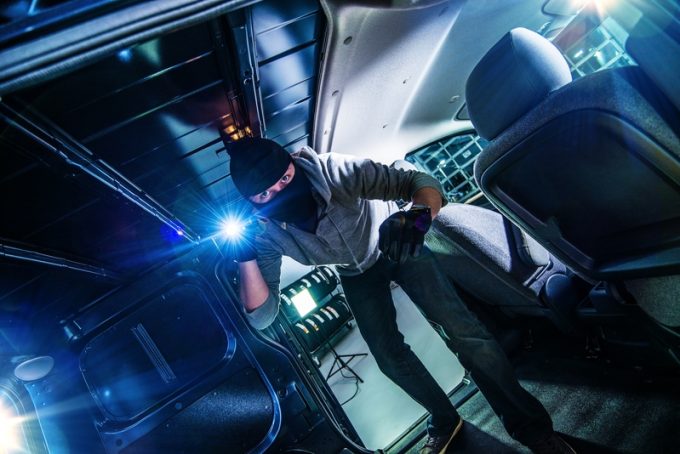Storm warning: another active Atlantic hurricane season predicted
TT Club has been investigating the probability of the damaging extent of this year’s hurricane ...

The pandemic continues to affect every part of the supply chain, and brings heightened risk of crime, according to a new report by the TT Club and BSI on cargo crime trends last year.
While cargo theft from freight vehicles in transit remained the most dominant threat, ...
Four crew members still missing as Wan Hai 503 continues to burn
Predatory rivals circle as the ripples from DSV's Schenker buy widen
Explosions and 'out-of-control' fire reported on Wan Hai box ship
MSC Elsa crew face criminal probe, as Wan Hai 503 firefighters battle on
Latest Israeli attack on Iran a threat to box ships in Straits of Hormuz
'It's driving us mad', say forwarders as US court fails to end tariff turmoil
Transpacific rates ease as capacity boost proves too much for trades to digest


Comment on this article